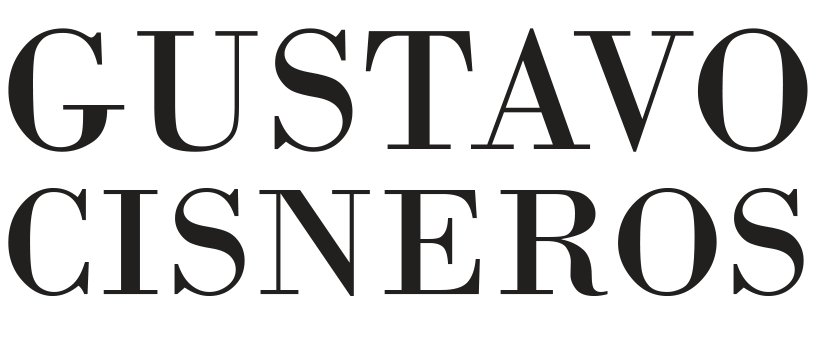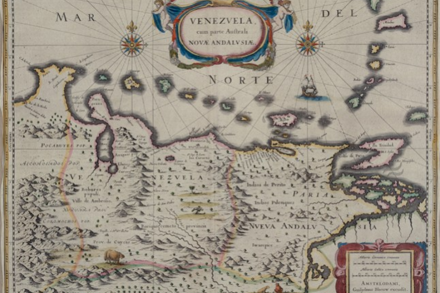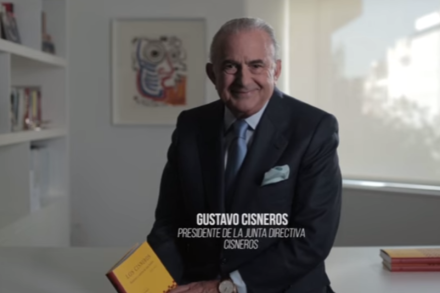Ever since Ptolemy, humans have described the contours of earth’s lands and seas according to their observations, with each new discovery redrawing the map. Even now, with a multitude of scientific tools that help us describe our world’s geography with great precision, there remain uncharted territories in our understanding of its cultural boundaries and how they are interconnected across borders. With an attitude of adventure, what we find when we look afresh at our suppositions may forever change our mental map of what we thought we knew.
One common supposition is that distance breeds difference. Though distinctions among nations and peoples exist, it’s my view that brains are wired to be more like one another than unlike, and it has always been important to me to understand what connects us all. In Latin America, I see that there are more similarities between, for example, Brazil and Argentina, or between Venezuela and Colombia, or between Bolivia and Peru. We’ve had a common ancestry and a common history through the wars of independence. And even after the wars of independence, when we diverged in some respects, we have shared a tremendous culture together, and we have two languages that unify us all.
Global exchange is built on commonality, cooperation, and collaboration, and Latin America has been a nexus of global commerce and culture since the Colonial period. It’s nothing new—the creation of those networks of finance, ideas, objects and people that unite us in so many ways, and which we now refer to as globalism, has been happening for a very long time, over great distances.
Like so many families everywhere, my grandchildren’s family has included men and women who were willing to take risks to overcome distances in order to resettle in more opportune soil. Ancestors on both the Cisneros and Phelps side—my family and my wife Patty’s family—found homelands in Spain, Venezuela, Cuba, Trinidad, Spanish Florida, England, and the United States. In researching our genealogy for our grandchildren, it has become clear that a seemingly genetic predisposition toward adventure, a sense of the vital importance of education for all, and an ability to adapt and change—combined with moments of good fortune—have allowed us to respond to challenges and has made us successful. With that success comes responsibilities.
One responsibility we take very seriously is the preservation of the many wonderful examples of material culture from Latin America that comprise our collections. Preserving the heritage of artworks involves more than the crucial work of caring for them physically. It involves giving them new avenues of correspondence with other works of art and other traditions where they may be studied in public, and creating new scholarship that reveals previously unseen connections and discovers new facts.
When Patty and I began collecting the landscapes of Latin America by traveler artists to and within the region, we recognized that the images they recorded from the seventeenth to nineteenth centuries represented a way to perceive a world whose boundaries transcended political borders. They further provided an understanding of Latin America as a longstanding participant in networks of interconnected ideas, traditions, and fruitful exchange.
We have been delighted to be able to collaborate with Hunter College, the City University of New York’s Graduate Center, and Americas Society, to organize an exhibition of the landscapes that demonstrate those connections, and to publish a book about them with new scholarship by distinguished scholars and students from the two schools.
Patty and I are especially proud of the students, whose research and curatorial work contributed tremendously to both the exhibition and book. Their work has added important gains to the intellectual preservation that will allow these works to live for a new generation, who will no doubt discover in them national identities with more in common than previously imagined.








